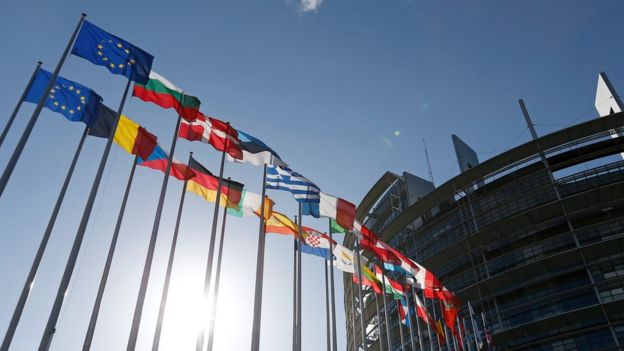
On a March morning 100 years ago, a soldier in Kansas reported to the infirmary with fever, muscle aches, and a sore throat. By lunchtime, records state, dozens had joined him, stricken with what would become known as the Spanish Flu. Within months, the virus infected a third of the world’s population and killed as many as 100 million people. It could happen again.
While the scale of the 1918-19 flu epidemic remains unparallelled, another pandemic is inevitable, experts say. Given the limitations of available drugs, flu-triggered respiratory diseases can claim up to 6,50,000 lives even in a non-pandemic year. About a third of people infected have no symptoms, but some three- to five million fall severely ill with the flu every year, a heavy economic burden in terms of medical care and lost productivity.
Why does this common and familiar virus remain a threat after decades of study and massive medical advances that have eradicated the smallpox virus and severely hamstrung malaria and polio? “Influenza A is the archetypal shapeshifter,” says molecular virology professor Jonathan Ball of the University of Nottingham. This is the species that causes most human outbreaks.
Unlike many other viruses, the flu germ exists in dozens of sub-types of which two, H1N1 and H3N2, currently circulate in humans. Each of these can be further sub-divided into many different strains, with new ones emerging all the time — each needing its own vaccine.
Drift and shift
Vaccines work by mimicking an infection — exposing the body to a germ, but in a weakened, non-sickening form. When confronted by a viral intruder, the immune system takes a few days to produce an array of assault weapons, including antibodies. After vanquishing the virus, antibodies hang around in case the same germ comes back later, prepared for a faster counterattack the second time around. But the flu virus has evolved to evade detection by patrolling antibody “soldiers”.
Its first, and most common strategy is called “antigenic drift” — tiny genetic changes that occur as the virus replicates, rendering it ever so slightly different each new flu season. The second, much rarer technique, is called “antigenic shift” and is what causes deadly pandemics every few years or decades. This happens when genetic material is exchanged between Influenza A subtypes — sometimes a mix between animal and human viruses — to concoct a brand-new strain to which few people, if any, have immunity.
Since the Spanish Flu, three much less deadly pandemics were caused in this way: the Asian Flu in 1957, the Hong Kong Flu in 1968, and the so-called Swine Flu outbreak in 2009. The flu virus has another evolutionary edge too. Unlike smallpox, polio, or measles, it has a natural home in nature — in birds which live all around us. And it can cross the species barrier, also into pigs and horses, with relative ease.
Because they lack an animal “reservoir”, with widespread vaccination, we could eradicate polio and measles like we did smallpox, explained virologist David Evans of the University of St Andrews in Scotland.
It could be bad
“The flu we will not, because we will be continuously exposed to it… We, the human population, are going to be continuously exposed to new strains of influenza… every few years, every few decades, probably forever.” Taken together, these factors predict that “there will be another pandemic,” according to flu expert Wendy Barclay of Imperial College London.
“How dangerous and how many deaths (it) will cause depends on the exact virus and the way it evolves,” she said. Of course, we have antibiotics today to treat secondary infections with opportunistic bacteria that cause diseases such as bronchitis or pneumonia that were the main cause of flu-related death in 1918, and still are. “Nonetheless, the outbreak could be very bad,” if it happened today, said Barclay.
Could we ever conquer the flu? Probably not with any known strategy, the experts said. Many hope for a “universal” vaccine that could tackle the core of the flu virus, looking beyond its external disguise. This would protect against different subtypes, and for a longer period of time. Several universal vaccines are being tested, but “we don’t know which, if any, will succeed”, said Ball. Antiviral drugs such as Tamiflu do exist to treat symptoms, but are expensive and not universally effective, the analysts added. The predicament is certainly not for want of trying.
“It (the flu) is one of the best studied of all viruses, without a shadow of doubt, and is one of the best understood,” said Evans. “But partly what we’ve learnt is that it’s very difficult to control.”
[“source=food.ndtv”]



